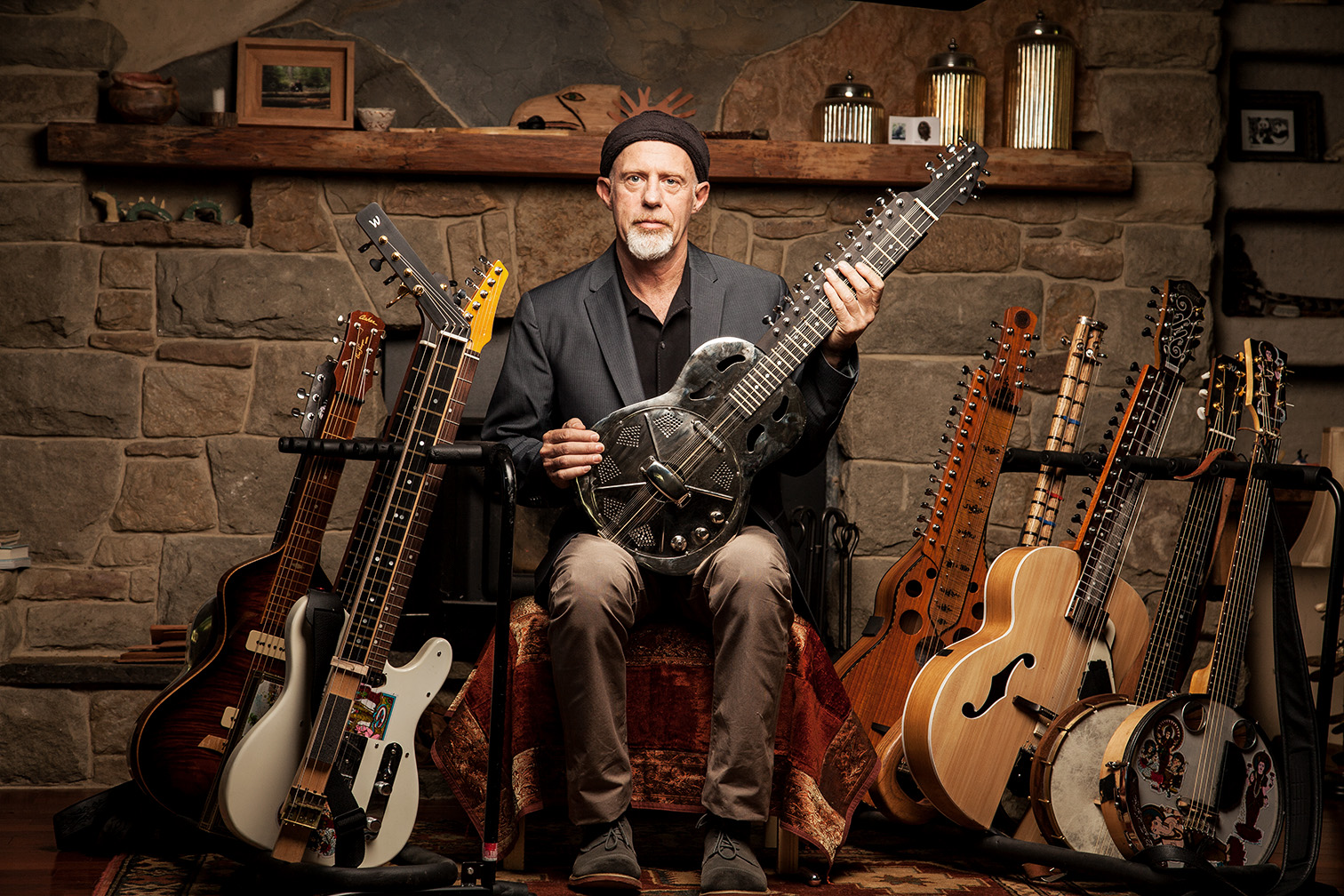
Concert News
Harry Manx Announces New UK Dates
After selling out his first UK show in years this week in London, Harry Manx has announced more dates to come back this autumn!
27th Oct @ Castle Hotel, Manchester
30th October @ Borderline, London
“Mysticssippi” blues man Harry Manx has been called an “essential link” between the music of East and West, creating musical short stories that combine the tradition of the blues with the depth of classical Indian ragas. He has created a unique sound that is hard to forget and deliciously addictive to listen to.
Harry forged this distinctive style by studying at the feet of the masters, first as a sound man in his formative years in the blues clubs of Toronto doing sound for the likes of Junior Wells, Buddy Guy and Willie Dixon, then under a rigorous five-year tutelage with Vishwa Mohan Bhatt in India. Bhatt, whose guru was the late, great Ravi Shankar, is the inventor of the 20-stringed mohan veena, which has become Harry’s signature instrument. Bhatt is best known for his collaboration on the Grammy Award-winning album “A Meeting By The River” with Ry Cooder.
Manx’s musical journey has seen him busking in the streets of Europe, playing in Japanese shopping malls, and even a time when he regularly bumped into none other than John Lennon for three months, on a daily basis as Manx took a job in a New York City studio where Lennon was recording his album “Mind Games”.
As fate would have it, it was while Manx was busking in the aforementioned Japanese mall that he first heard the sound of a mohan veena being played on an instrumental Indian album in a small record store. The guy in the store told him it was Vishwa Mohan Bhatt playing, and there began Harry’s journey to go to India find Bhatt.
Even though he had played slide guitar for many years before arriving in India, Manx started back at the beginning under Bhatt’s tutelage, even re-learning how to hold the bar. From there, Manx learned Eastern scales and eventually ragas, deceptively complex and regimented musical patterns that form the basis of Indian composition.
He spent three to four hours each morning practicing in Bhatt’s home before returning that evening for a jam session with the tutor, his sons and various other fellow musicians. “Sometimes I’d throw in some blues licks in the middle,” he says, “and everyone would fall over laughing and enjoying themselves. And I thought if I can get Indian people to enjoy Western music like that, then maybe I could get Westerners to enjoy Indian music, too.”
Harry decided to explore this thread of connection between the two musical traditions.
His signature style follows in the footsteps of such pioneering work as that of Joe Harriott and John Mayer and their Indo-jazz fusions in the ’60s, John McLaughlin’s work with Shakti in the 70s, and Ashwin Batish’s innovative raga-rock hybrid Sitar Power in 1987. But Manx’s own indo-blues fusion seems destined to be the most universally appealing yet.
Born on the Isle of Man, Manx immigrated to Ontario with his parents when he was six years old. He started doing sound at age 15 and gradually worked his way up to becoming a regular soundman at the well-known El Mocambo club in Toronto, where he worked with a slew of blues legends. While Manx doesn’t consider himself to be a blues artist per se, he does admit that blues is at the heart of much of his work. “I’ve always had one foot in the blues from those days,” he says. “What I got from those artists is a groove that’s fairly similar to theirs. That’s what I’m particularly interested in, the groove, and that’s the way I play blues today.
“I went to Europe when I was 20 and started making money as a busker,” recalls Manx. “I’ve worked only as a musician since then. Few people know that I was actually a one-man band with a drum-and-bass feel to my sound. I still have that one-man-band sound.”




